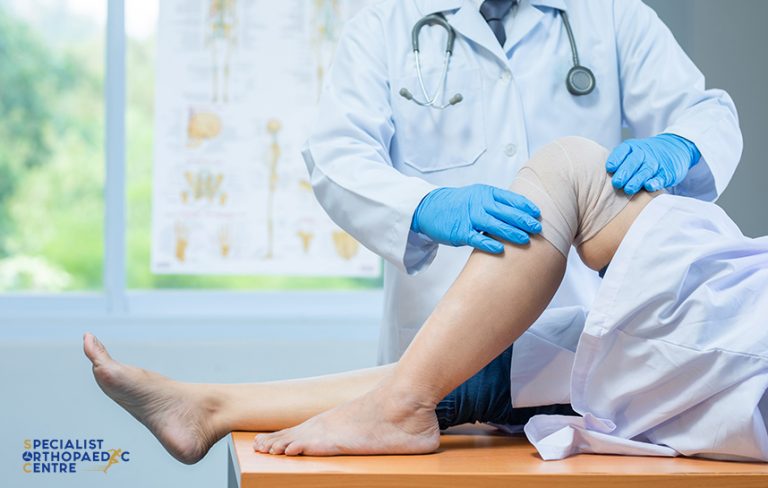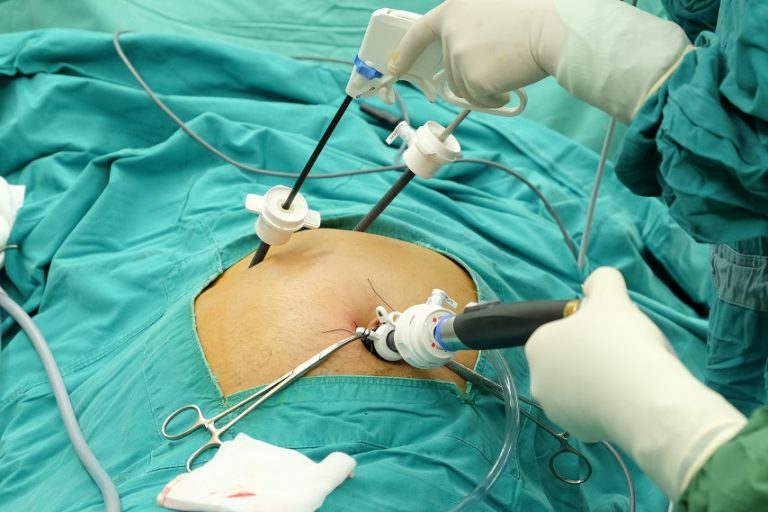
What is the Difference between Lifestyle Diseases And Deficiency Diseases
***What is the Difference between Lifestyle Diseases And Deficiency Diseases?*** Lifestyle diseases result from poor living habits, while deficiency diseases stem from a lack of essential nutrients. Both affect health differently.
Lifestyle diseases include conditions like heart disease, diabetes, and obesity. These result from choices such as poor diet, lack of exercise, and smoking. Deficiency diseases occur when the body lacks vital nutrients, leading to illnesses like scurvy or rickets. These can arise from inadequate dietary intake or absorption issues.
Understanding the differences helps in prevention and treatment. Lifestyle changes and balanced nutrition are key to combating both types of diseases. A focus on healthy habits and nutrient-rich diets can significantly improve overall well-being and reduce the risk of these conditions.
Causes
Poor diet can cause lifestyle diseases. Lack of exercise also contributes. Stress is another major factor. Smoking and alcohol make things worse. Sleep deprivation can harm your health. Too much screen time is bad. Fast food is unhealthy.
Not eating enough vitamins can cause deficiency diseases. Poor diet is a big problem. Skipping meals leads to deficiencies. Lack of sunlight can cause vitamin D deficiency. Not drinking milk can lead to calcium deficiency. Some foods lack iron. This can cause anemia.
Examples
Diabetes affects how the body uses sugar. Heart disease involves blocked arteries. Obesity means having too much body fat. Cancer occurs when cells grow uncontrollably. Hypertension is high blood pressure. Smoking can lead to lung disease.
Scurvy results from a lack of vitamin C. Rickets occurs when there is not enough vitamin D. Anemia is caused by low iron levels. Goiter develops due to iodine deficiency. Night blindness happens without enough vitamin A. Pellagra results from a niacin deficiency.
Symptoms
Lifestyle diseases often manifest as symptoms related to poor habits, such as obesity and heart disease. Deficiency diseases, on the other hand, arise from a lack of essential nutrients, leading to conditions like anemia and scurvy.
Signs Of Lifestyle Diseases
Lifestyle diseases often include obesity, diabetes, and heart disease. People may feel tired and have trouble breathing. High blood pressure and high cholesterol are also common. Sometimes, there might be chest pain or swollen ankles.
Signs Of Deficiency Diseases
Deficiency diseases happen when the body lacks important nutrients. Common signs include weakness, pale skin, and dizziness. Brittle nails and hair loss can also occur. Children may have stunted growth. Some people might get frequent infections. Bone pain and muscle cramps are other signs.
Prevention
Lifestyle diseases can be prevented by making healthy choices. Exercise daily to keep your body fit. Avoid junk food and eat more fruits and vegetables. Smoking and excessive drinking can harm your health. Regular check-ups with your doctor can catch early signs of problems. Sleep at least 7-8 hours each night.
Deficiency diseases occur when the body lacks essential nutrients. Eat a balanced diet rich in vitamins and minerals. Vitamin D can be gained from sunlight and foods like fish. Iron is found in green leafy vegetables and red meat. To avoid scurvy, eat citrus fruits for Vitamin C. Take supplements if needed but consult a doctor first.
Read More
Won Lifestyle : Your Guide to Achieving the Ultimate Life Balance
Treatment
Doctors often suggest exercise to manage lifestyle diseases. Eating a balanced diet can help too. Reducing stress is also important. Some people may need medication. Quitting smoking and limiting alcohol are crucial steps. Regular check-ups with a doctor can catch problems early.
Supplements can treat deficiency diseases. Eating nutrient-rich foods is essential. Doctors may recommend vitamins or minerals. In some cases, fortified foods are useful. Children often need extra nutrients for growth. Regular blood tests can check nutrient levels.
Impact On Society
Lifestyle diseases arise from unhealthy habits, while deficiency diseases result from lack of essential nutrients. Both impact society’s health and productivity.
Economic Burden
Lifestyle diseases cost society a lot of money. Treating diabetes, heart disease, and obesity is very expensive. Many people need to see doctors and take medicines for a long time. This increases healthcare costs. People also miss work because of their illness. This reduces their income and affects the economy.
Deficiency diseases also have costs, but they are different. These diseases occur when people do not get enough vitamins or minerals. Treating them is cheaper than lifestyle diseases. Providing supplements and better food can help. But, in some areas, people cannot get these easily. This can still cause problems and costs.
Healthcare Challenges
Lifestyle diseases require long-term care. Doctors need to monitor patients regularly. Patients often need special diets and exercise plans. This puts a strain on healthcare systems. Hospitals and clinics get crowded. Medical staff get overworked.
Deficiency diseases need different care. They often need quick treatment with vitamins or minerals. Healthcare systems need to find and help people who are at risk. This can be hard in poor or remote areas. Educating people about healthy diets is also important. This can prevent deficiency diseases in the first place.
Conclusion
Understanding the difference between lifestyle and deficiency diseases is vital. Lifestyle diseases stem from habits and choices. Deficiency diseases result from lack of essential nutrients. Both impact health significantly. Adopting a balanced diet and healthy lifestyle can prevent these diseases.
Stay informed and make proactive health choices.






